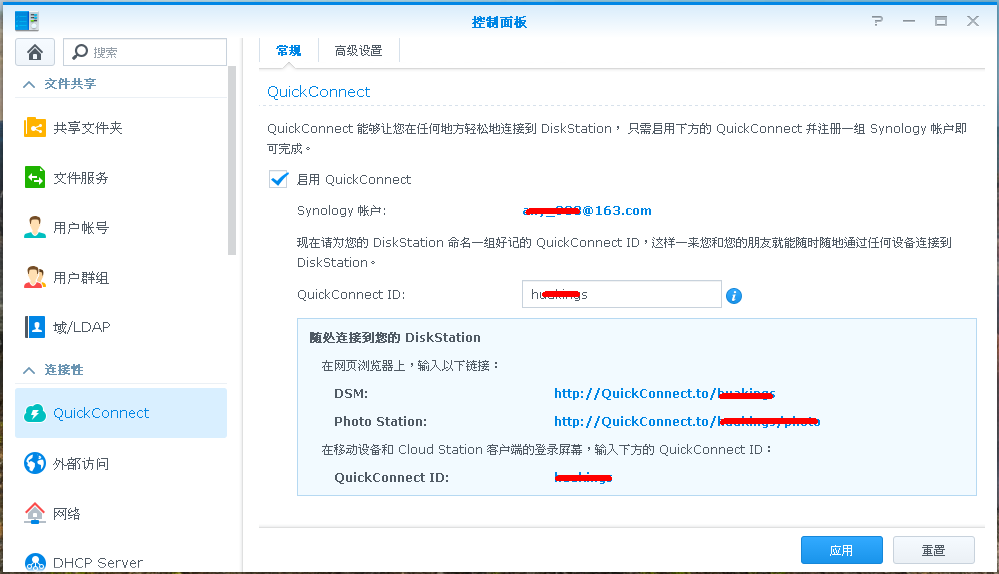
标题:使用ThinkPHP6和Swoole开发的RPC服务实现分布式任务调度
引言:
随着互联网的快速发展,越来越多的应用需要处理大量的任务,例如定时任务、队列任务等。传统的单机任务调度方式已经无法满足高并发和高可用的需求。本文将介绍如何使用ThinkPHP6和Swoole开发一个RPC服务,实现分布式的任务调度和处理,以提高任务处理效率和可靠性。
一、环境准备:
在开始之前,我们需要安装和配置好以下开发环境:
- PHP环境(建议使用PHP7.2以上版本)
- Composer(用于安装和管理ThinkPHP6和Swoole库)
- MySQL数据库(用于存储任务信息)
- Swoole扩展库(用于实现RPC服务)
二、项目创建与配置:
-
创建项目:
使用Composer创建一个ThinkPHP6项目,执行如下命令:composer create-project topthink/think your_project_name
-
配置数据库连接:
编辑项目目录下的.env文件,将数据库连接信息配置好,例如:DATABASE_CONNECTION=mysql DATABASE_HOST=127.0.0.1 DATABASE_PORT=3306 DATABASE_DATABASE=your_database_name DATABASE_USERNAME=your_username DATABASE_PASSWORD=your_password
-
建立数据库表:
执行ThinkPHP6的数据库迁移命令,生成任务表和调度日志表的迁移文件:php think migrate:run
编辑生成的迁移文件,创建任务表和调度日志表的结构。例如,任务表结构如下:
<?php namespace appmigration; use thinkmigrationMigrator; use thinkmigrationdbColumn; class CreateTaskTable extends Migrator { public function up() { $table = $this->table('task'); $table->addColumn('name', 'string', ['comment' => '任务名称']) ->addColumn('content', 'text', ['comment' => '任务内容']) ->addColumn('status', 'integer', ['default' => 0, 'comment' => '任务状态']) ->addColumn('create_time', 'timestamp', ['default' => 'CURRENT_TIMESTAMP', 'comment' => '创建时间']) ->addColumn('update_time', 'timestamp', ['default' => 'CURRENT_TIMESTAMP', 'update' => 'CURRENT_TIMESTAMP', 'comment' => '更新时间']) ->create(); } public function down() { $this->dropTable('task'); } }执行
php think migrate:run命令,将任务表的结构同步到数据库中。
三、编写RPC服务:
-
安装Swoole扩展库:
执行如下命令安装Swoole扩展库:pecl install swoole
-
创建RPC服务:
在项目目录下创建一个server文件夹,用于存放RPC服务相关的代码。在该文件夹下创建一个RpcServer.php文件,编写RPC服务的代码,示例如下:<?php namespace appserver; use SwooleHttpServer; use SwooleWebSocketServer as WebSocketServer; class RpcServer { private $httpServer; private $rpcServer; private $rpc; public function __construct() { $this->httpServer = new Server('0.0.0.0', 9501); $this->httpServer->on('request', [$this, 'handleRequest']); $this->rpcServer = new WebSocketServer('0.0.0.0', 9502); $this->rpcServer->on('open', [$this, 'handleOpen']); $this->rpcServer->on('message', [$this, 'handleMessage']); $this->rpcServer->on('close', [$this, 'handleClose']); $this->rpc = new ppcommonRpc(); } public function start() { $this->httpServer->start(); $this->rpcServer->start(); } public function handleRequest($request, $response) { $this->rpc->handleRequest($request, $response); } public function handleOpen($server, $request) { $this->rpc->handleOpen($server, $request); } public function handleMessage($server, $frame) { $this->rpc->handleMessage($server, $frame); } public function handleClose($server, $fd) { $this->rpc->handleClose($server, $fd); } } -
创建RPC类:
在项目目录下创建一个common文件夹,用于存放公共的类库文件。在该文件夹下创建一个Rpc.php文件,编写RPC处理的代码,示例如下:<?php namespace appcommon; use SwooleHttpRequest; use SwooleHttpResponse; use SwooleWebSocketServer; use SwooleWebSocketFrame; class Rpc { public function handleRequest(Request $request, Response $response) { // 处理HTTP请求的逻辑 } public function handleOpen(Server $server, Request $request) { // 处理WebSocket连接建立的逻辑 } public function handleMessage(Server $server, Frame $frame) { // 处理WebSocket消息的逻辑 } public function handleClose(Server $server, $fd) { // 处理WebSocket连接关闭的逻辑 } public function handleTask($frame) { // 处理任务的逻辑 } }四、实现任务调度:
在Rpc.php文件中的handleRequest方法中,处理HTTP请求的逻辑中,添加任务调度的逻辑。例如,处理调度POST请求的代码如下:public function handleRequest(Request $request, Response $response) { if ($request->server['request_method'] == 'POST') { // 解析请求参数 $data = json_decode($request->rawContent(), true); // 写入任务表 $task = new ppindexmodelTask(); $task->name = $data['name']; $task->content = $data['content']; $task->status = 0; $task->save(); $this->handleTask($data); // 返回调度成功的响应 $response->end(json_encode(['code' => 0, 'msg' => '任务调度成功'])); } else { // 返回不支持的请求方法响应 $response->end(json_encode(['code' => 1, 'msg' => '不支持的请求方法'])); } }在上述代码中,我们首先解析了请求的内容,并将任务信息写入到任务表中。然后调用
handleTask方法,处理任务的逻辑,例如发送到其他服务器的RPC客户端。
总结:
本文介绍了使用ThinkPHP6和Swoole开发的RPC服务实现分布式任务调度的步骤和代码示例。通过使用RPC服务,我们可以实现任务的分布式调度和处理,提高任务处理效率和可靠性。希望本文能对您理解和实践分布式任务调度有所帮助。












































暂无评论内容